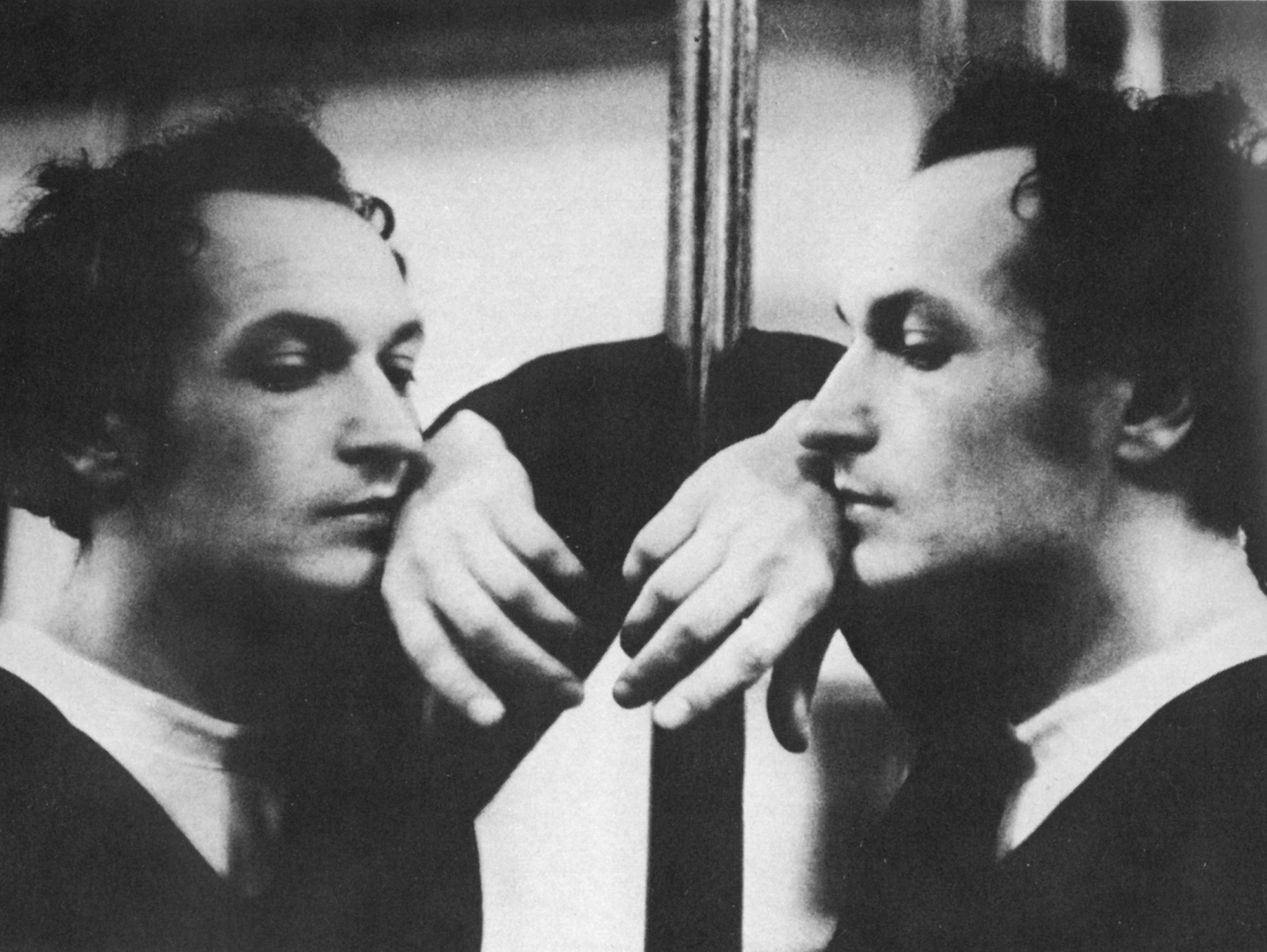News

1938–2025
Born: 12 March 1938, Vitebsk (USSR, now Belarus)
Died: 3 June 2025, Ashdod (Israel)
Valery Matveyevich Panov trained at the Leningrad Ballet School (now St Petersburg) under the legendary Agrippina Vaganova. After graduating in 1957, he joined the Maly Ballet before becoming a soloist with the Kirov Ballet, where he was celebrated from 1963 to 1972 as one of the most brilliant character dancers of his generation. His passionate dramatic style and exceptional technique made him a key figure in the evolution of Soviet ballet during that era.
He made his mark with original roles in works such as Petrushka (1961) by Konstantin Boyarsky, The Girl and the Hooligan (1962), The Three Musketeers (1964) by Nikolai Boyarchikov, Goryanka (1968) by Oleg Vinogradov, Hamlet (1970) by Konstantin Sergeyev, and The Creation of the World (1971) by Kassatkine and Vasiliev. His international touring was blocked, as the KGB kept a close watch on his interactions with foreign colleagues.
In 1972, Panov applied for an emigration visa to Israel for himself and his wife, the dancer Galina Ragozhina. As a result, he was dismissed from the Kirov Ballet and imprisoned for a time. Under growing international pressure, the couple was finally permitted to leave the Soviet Union in 1974, after which they performed widely with ballet companies across the Western world.
Panov found a new artistic home in Berlin as a choreographer. In 1977, he created Cinderella (music by Sergei Prokofiev) for the ballet company of the Deutsche Oper Berlin, followed by Le Sacre du printemps (music by Igor Stravinsky). These productions toured to New York in the summer of 1978 – the Deutsche Oper Ballet's first-ever international tour – and travelled to Israel the following year.
In 1979, the Deutsche Oper Berlin premiered Panov’s ballet The Idiot, based on Dostoyevsky’s novel, with music drawn from works by Dmitri Shostakovich. The premiere was met with over forty minutes of standing ovation. Panov danced the tormented Rogozhin, while Rudolf Nureyev portrayed Prince Myshkin. The duets they performed became legendary and are still talked about today. Equally monumental was the success of War and Peace (1981, music by Tchaikovsky), another of Panov’s works for the Deutsche Oper Ballet. Later creations in Berlin included Riccardo W. (1983, music by Wagner and others) and Liebestod (1989, excerpts from Wagner’s Tristan und Isolde).
Elsewhere, he choreographed Heart of the Mountain (San Francisco Ballet, 1976), Petrushka and Scheherazade (Vienna State Opera Ballet, 1981), The Three Sisters (Royal Swedish Ballet, Stockholm, 1983), and Hamlet (Norwegian National Ballet, Oslo, 1984, set to music by Shostakovich). In 1984, he was appointed Artistic Director of the Royal Ballet of Flanders in Antwerp. From 1992 to 1997, he was Ballet Director at the Bonn Opera. In 1993, he founded the Ashdod Art Centre in Israel, where he also established a ballet troupe. In 1998, he created the Panov Ballet Theatre, also based in Ashdod.
In 1969, he was awarded the Lenin Prize and in 1970 was named an Honoured Artist of the Russian Soviet Federative Socialist Republic (RSFSR). Eight American cities, including New York and San Francisco, made him an honorary citizen. His Sacre du printemps won the World Critics’ Prize in 1979, and The Idiot was awarded a Gold Medal in Turkey in 1987 as Best Ballet Production. His autobiography To Dance was published in New York in 1978 and appeared in German in 1981 as Ballett – mein Leben.
The Staatsballett Berlin will remember Valery Panov with deep respect, recognising his role in shaping the city’s ballet history. A bold and uncompromising artist, he moved audiences by channelling the pain of personal repression into a profoundly human form of expression – one that resonated with the quiet unease many of his contemporaries shared.